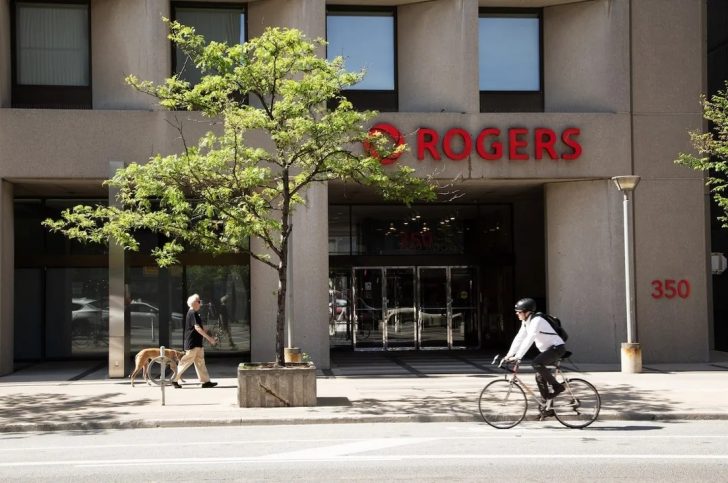Toronto's empty offices are a growing concern for city planners, real estate experts, and residents alike. As vacancy rates soar, the city is exploring ways to address this problem, including the ambitious idea of converting office spaces into housing.
While the concept is enticing, turning Toronto’s unused office towers into homes may be harder than it seems.
Why Are Toronto’s Offices Empty in the First Place?
The rise of remote work and hybrid schedules has left office towers in Toronto quieter than ever. By the end of 2023, Toronto’s office vacancy rate hit 17.5%, a sharp jump from pre-pandemic levels. This trend has been accelerated by companies downsizing their physical footprints in favor of digital solutions.

Business Corner / Converting offices into housing involves deep structural changes, complex regulations, and significant financial hurdles.
The city’s downtown core, once bustling with professionals, now features blocks of underused buildings. While this opens the door for repurposing these spaces, experts warn that it is not as straightforward as it appears.
Could Office Conversions Solve Toronto’s Housing Crisis?
Toronto desperately needs more affordable housing. With skyrocketing rents and limited inventory, turning Toronto's empty offices into residential spaces sounds like a creative solution. Calgary, for instance, successfully embraced this model after its economy took a hit from the oil and gas downturn.
But Toronto’s unique landscape makes such conversions far more challenging. Office buildings here were designed with different codes, layouts, and purposes in mind. Retrofitting them to meet residential needs often costs more than developers are willing to spend.
A recent city report revealed that while some conversions are technically profitable, they usually don’t deliver the high returns that developers expect.
Why Isn’t It Easy to Repurpose Offices?
The problem lies in the bones of Toronto’s office buildings. Many towers have deep floor plates - large areas without windows - that make them unsuitable for housing. Residential buildings require natural light and ventilation in every unit, which can be impossible to achieve in these layouts without extensive (and costly) remodeling.
Another hurdle is Toronto’s strict office replacement policies. Developers are often required to replace office space elsewhere if they convert it into another use. This regulation adds another layer of complexity and cost, discouraging potential projects.
While Calgary avoided such red tape, Toronto’s policies reflect a city still trying to maintain a balance between its business and residential sectors.
What is the Path Forward if Toronto's Empty Offices are Not the Solution?
Some experts suggest starting from scratch. Demolishing older office buildings and redeveloping the land could provide a cleaner slate for housing. New construction avoids the retrofitting challenges and allows developers to design purpose-built residential units from the ground up.

Reddit / Balancing the environmental impact with housing needs is a tightrope act. And that is what Toronto needs to do, experts suggest.
However, tearing down buildings is not a simple or cheap solution either. Demolition is expensive, time-consuming, and disruptive to the cityscape. Environmental concerns also come into play, as demolition generates significant waste and carbon emissions.
Why New Offices Aren’t Being Built?
Adding to the complexity is the declining demand for new office spaces. Developers are hesitant to invest in office towers when vacancy rates remain high. The pandemic fundamentally changed how businesses operate, making large-scale office developments feel like a gamble in today’s market.
This lack of profitability in both office construction and conversion creates a tough cycle. Empty offices sit unused while housing shortages persist, leaving the city at a standstill. Innovative policies and financial incentives may be needed to break the deadlock.





